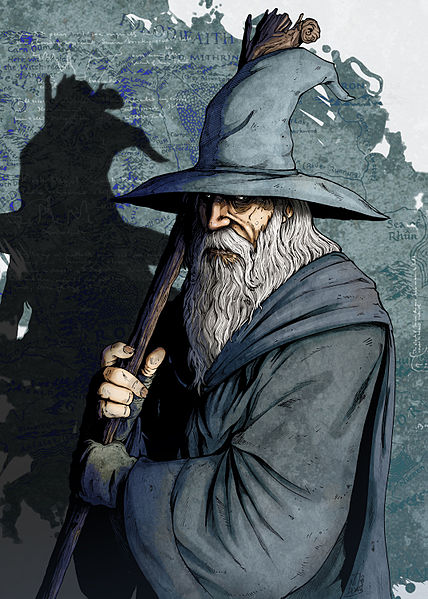How do writers actually
write? It's the classic question -
the question - that authors and thinkers and everything in between has tried to answer since the first 'once upon a time...'
Everyone has their own habits and systems, and we're probably a product of the books we read just as much as the books we want to write. Hearing how other people write - how they get the damn letters to behave themselves, and the words to stop being so silly - can tell you a lot about that person.

It's probably a bad thing that I'm about to write about my own process, then. Actually, I've been tagged in The Writing Process Blog Tour (Ooooh). How did this happen? You have
Kat Ellis to blame for that. Kat and I have the same agent, and though we've never met, Twitter and blogging and generally sharing the journey to publication has given me a somewhat 'comrade-in-arms' mentality about Kat. She's also a nifty writer. Her debut, Blackfin Sky, has sold in the UK and the US, and will be coming out in May and September, respectively. You can read her piece for this tour,
Plot Holes and Plug Holes,
over on her blog. It is very good.
After my answers, I'm gonna pass on the baton to some more awesome new writers. I hope you stick around and see what they have to say next week. Enjoy!
What am I working on?
My debut, Eren, is coming out in September, and though it feels odd to say it, it's now
completely done. It's been strange turning to other projects, but I'm now deep into my second book (as yet untitled, because titles are stupid and hard and who even needs them anyway?). I tend to always be writing a few short stories - it keeps you fresh, I think, and different formats help challenge you as a writer.
How does my work differ from others in its genre?
My genre is middle grade fantasy (or middle grade magical realism, if you think that's a real thing), so the books that are big successes tend to be generally upbeat, in the end. I think my work is darker, even though it's for children. I remember as a kid wanting to see movies and read books where you didn't know that somehow the good side was going to win. Why didn't the bad guys ever end up on top? And so, Eren began...
Why do I write what I do?
David Almond's
Skellig has been a huge inspiration to me. You don't have to look at Eren very hard to see that even as a child, my thinking about the world was changed by Almond's prose. Why do I write what I do? Because it's fun, and because it was my story to tell, but also because I was inspired by the right book at the right time.
How does my writing process work?
I called this post 'Flesh on the Bones' for a reason. When I write, I always put together a skeleton story first, connecting the major points, getting things generally the right way up, but without the finese or sensible storytelling that makes books work. A novel that's due to be 40,000 words will only be 30,000 in a first draft, because I know that the second time through, I will pad it out - or, put flesh (better writing, new characters, snappy dialogue) on the bones (rushed passages, silly wordings, and downright mistakes).
Practically, writing for me means getting into a zone, and shooting off a couple of thousand words at a time. My wife has complained before that I might as well not be there when I write - a day can pass and I don't focus on much else. Once this is done, though, I have to let the pages sit and breathe. Only time can give you distance, and perspective is the best magnifying glass, to show you the problems with your drafts. So, I splurge, and then I don't read it again for a couple of weeks. Letting writing 'cool' is, for me, the most important and most frustrating part. I
know in my head that I need to do it - but the temptation's always there to rush it, and by doing so, to ruin in.
***
It's time to step aside and let some other authors take the stage. I'm tagging two fantastic writers for the next stage of the tour. Be sure to keep a lookout for their posts next week!

Chloe Banks lives in a quiet corner of England with her husband, baby son and a childish sense of excitement. Armed with nothing but a science degree she set out to teach herself how to write in 2009. She has had a handful of short story successes and her first novel The Art of Letting Go is shortly to be published by Thistle Publishing. When not trying to get words to behave, she spends her days tramping the hills, baking pudding and aggressively avoiding celery. You can find her at
chloebanks.co.uk or on twitter
@ChloeTellsTales.
Kate Jarvik Birch is a visual artist and writer living in Salt Lake City,
Utah with her husband and three kids.

She wrote her first novel in fourth grade (the main character was suspiciously similar to herself and the love interest bore quite a strong resemblance to the boy she had a crush on). As an adult, her essays and short stories have been published in Isotope: A Journal of Literary Nature and Science Writing, Saint Ann’s Review, Scissors and Spackle and Indiana Review. Kate’s art has been sold in stores like Pier 1, Target and World Market and has been used in feature films like 21 Jump Street and Looper as well as TV shows like Glee and Medium. See Kate's website at
http://katejarvikbirch.blogspot.com/ and find her on Twitter as
@katejarvikbirch






